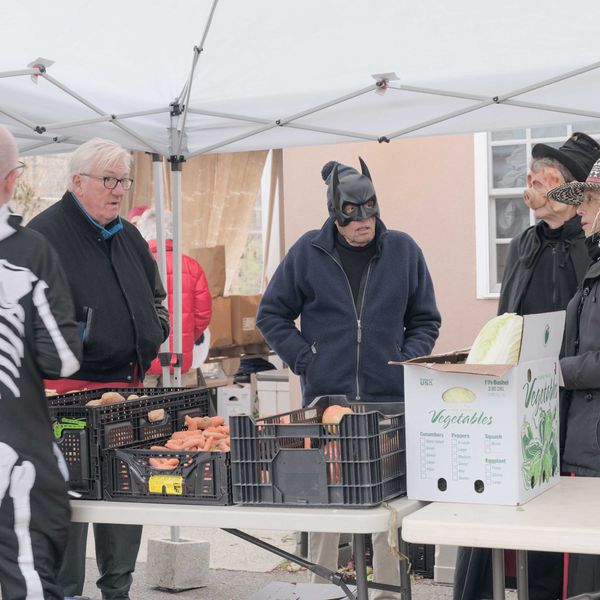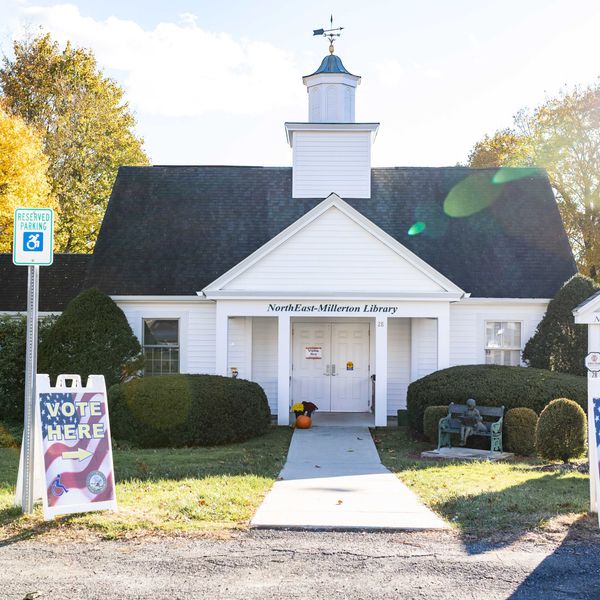Too Much of a Good Thing? Probably, Yes
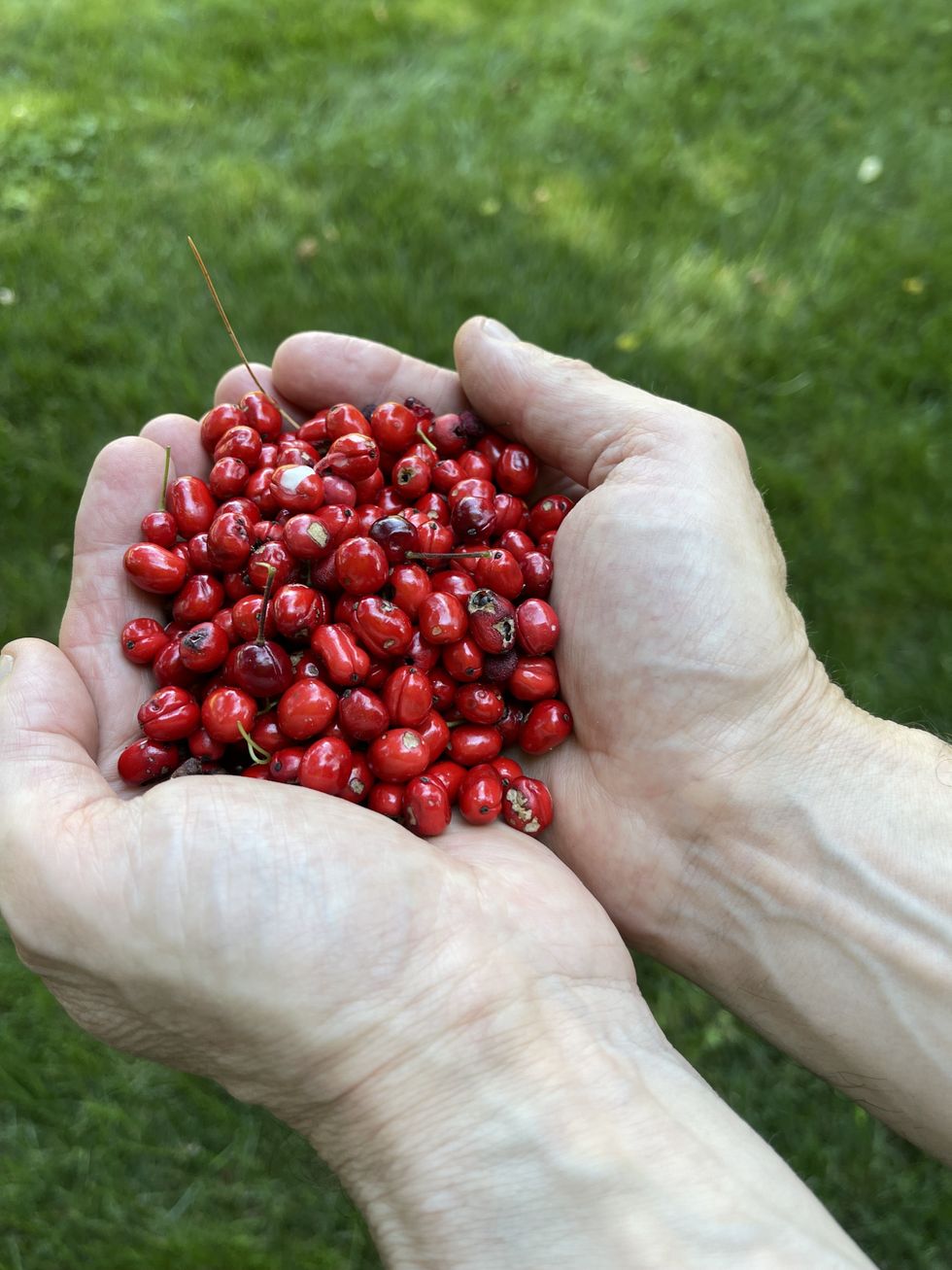
While the spongy moths have stopped destroying the tree canopy for this year, it’s a banner year for Red Actea or baneberry. Collect the seeds to sow in the woods for future flowers.
Photo by Dee Salomon
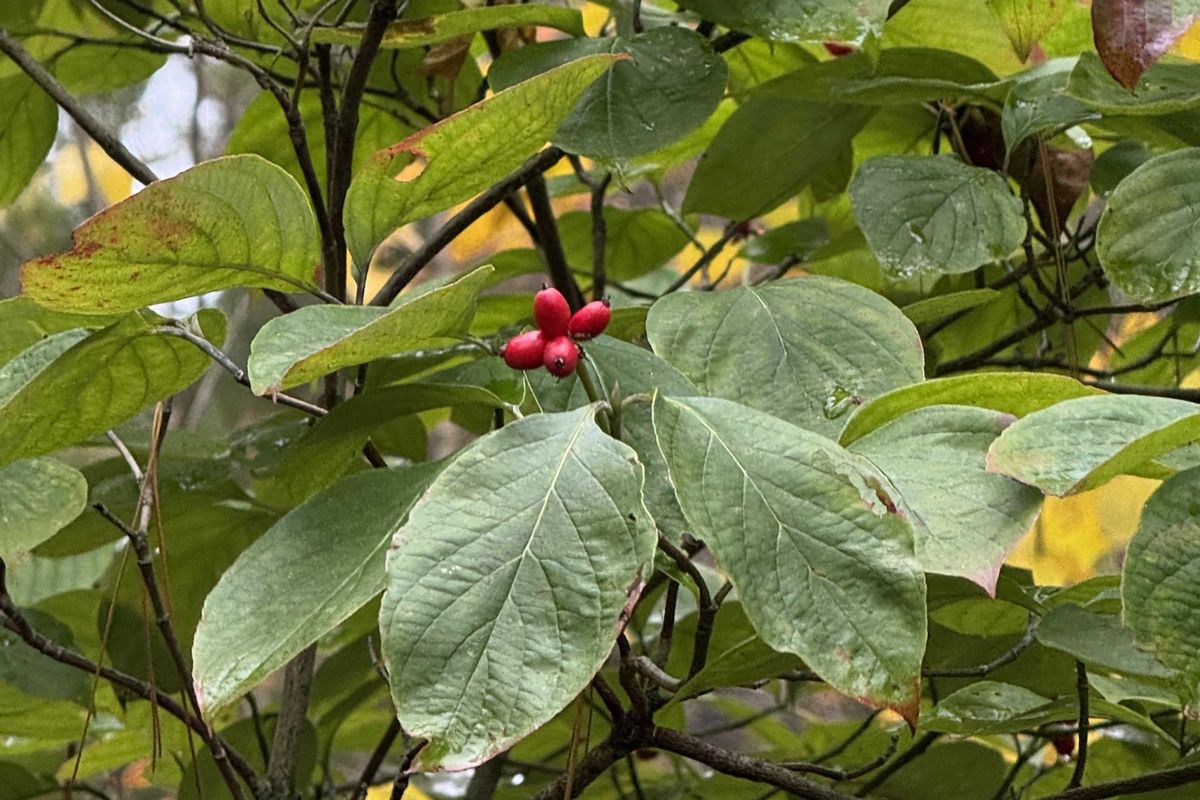
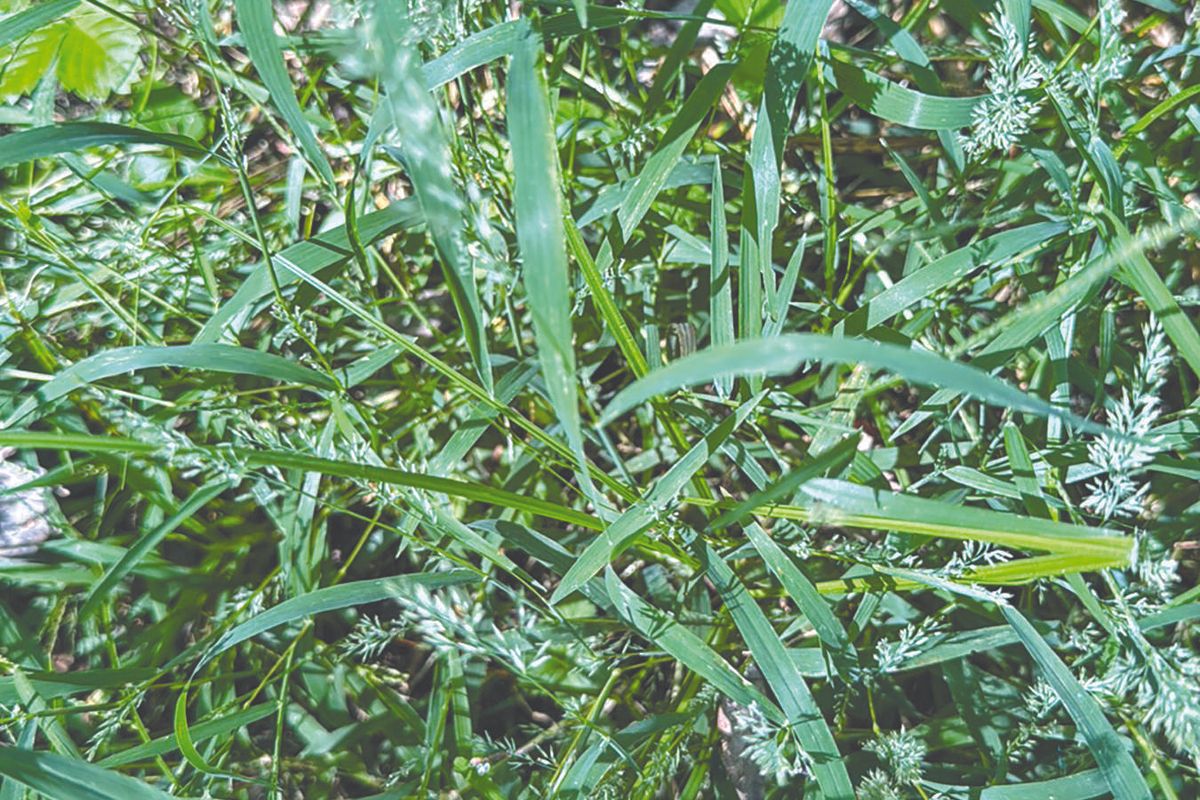
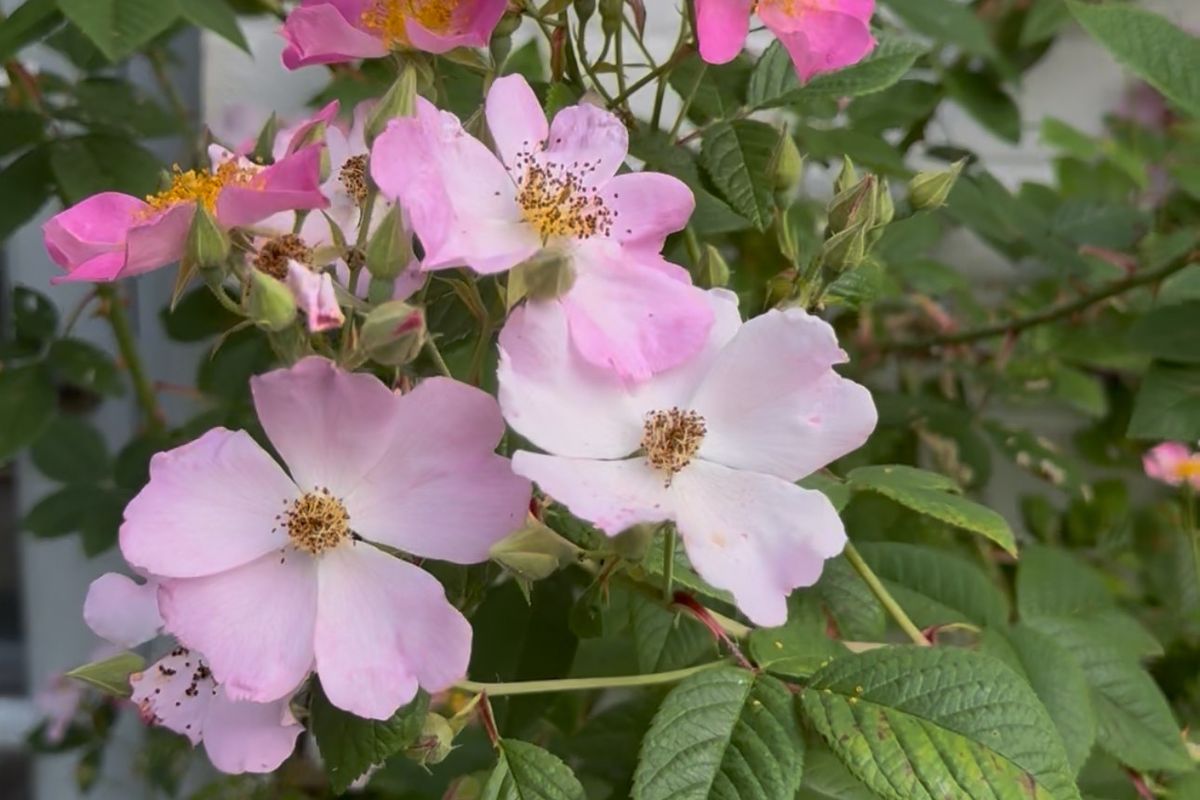
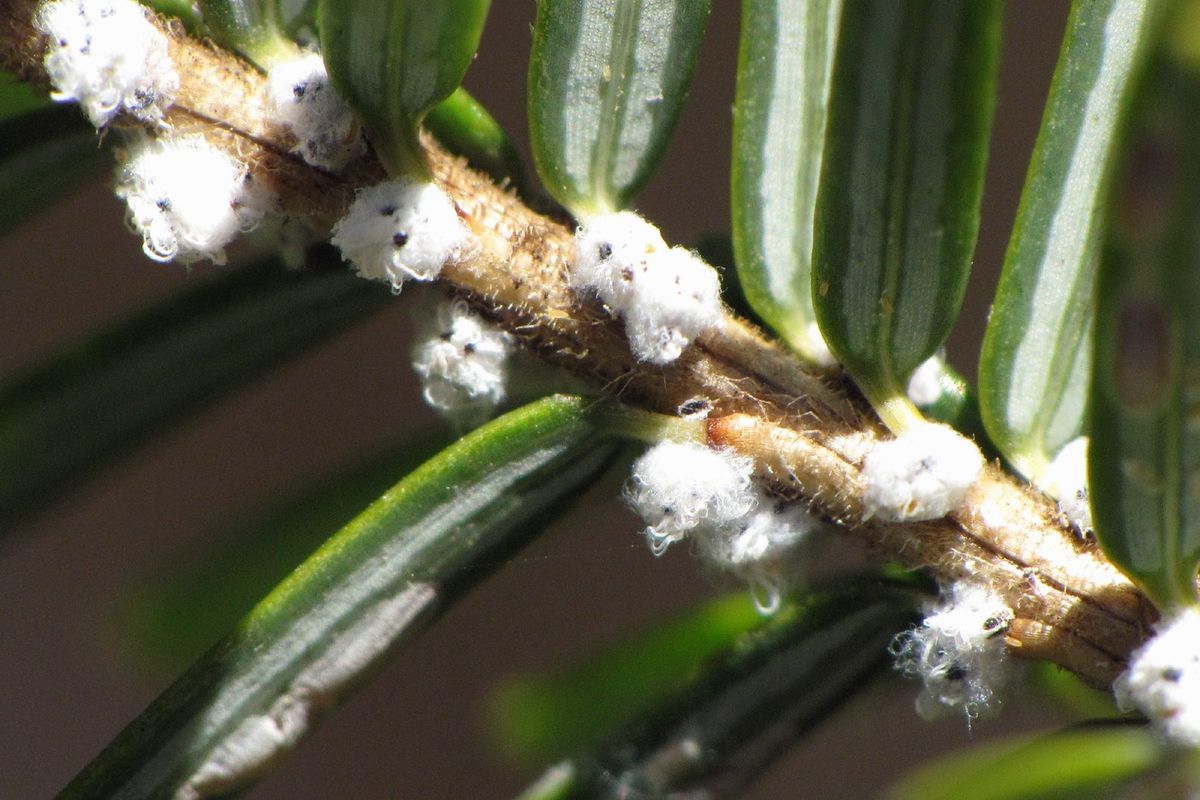
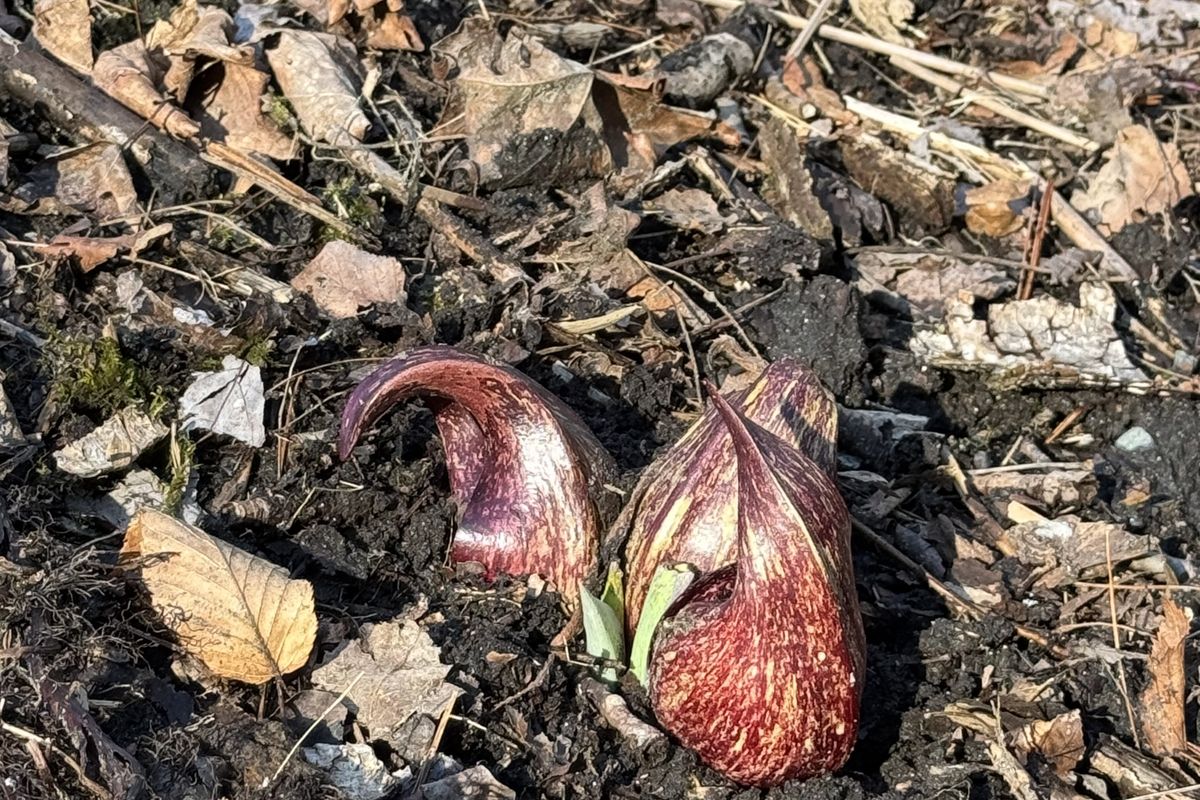
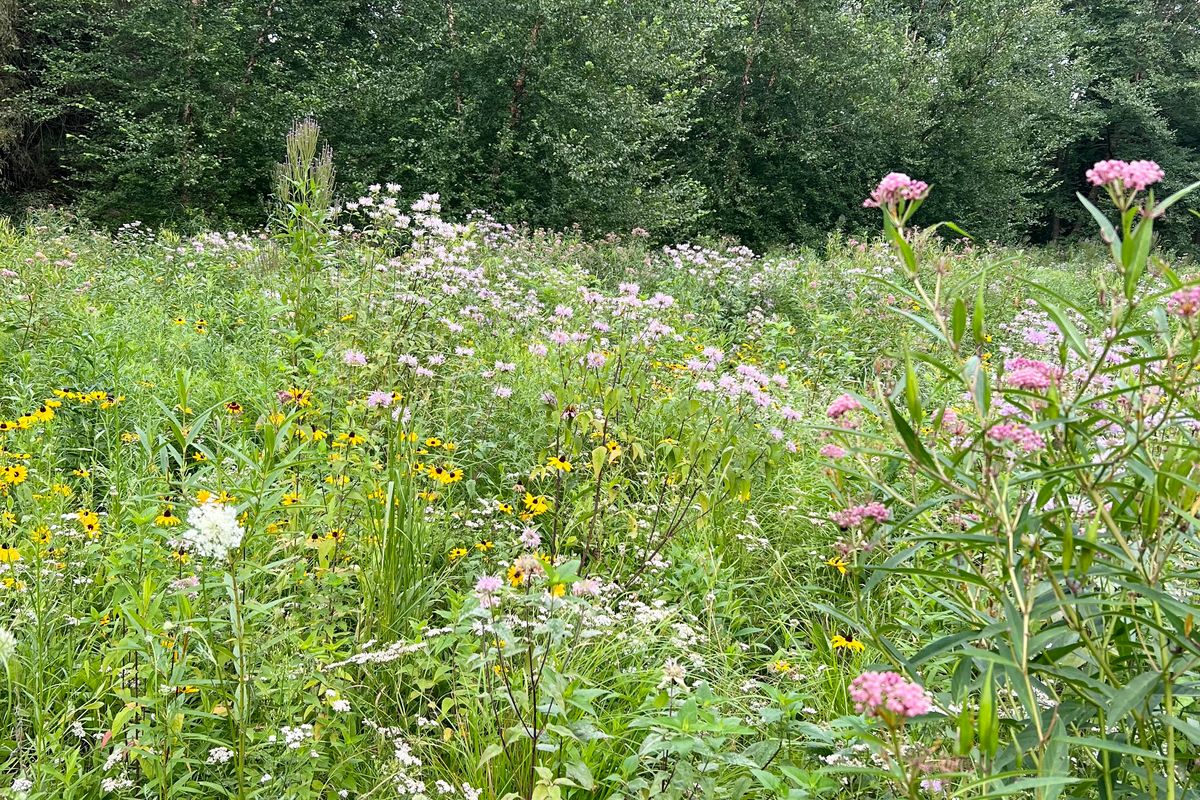

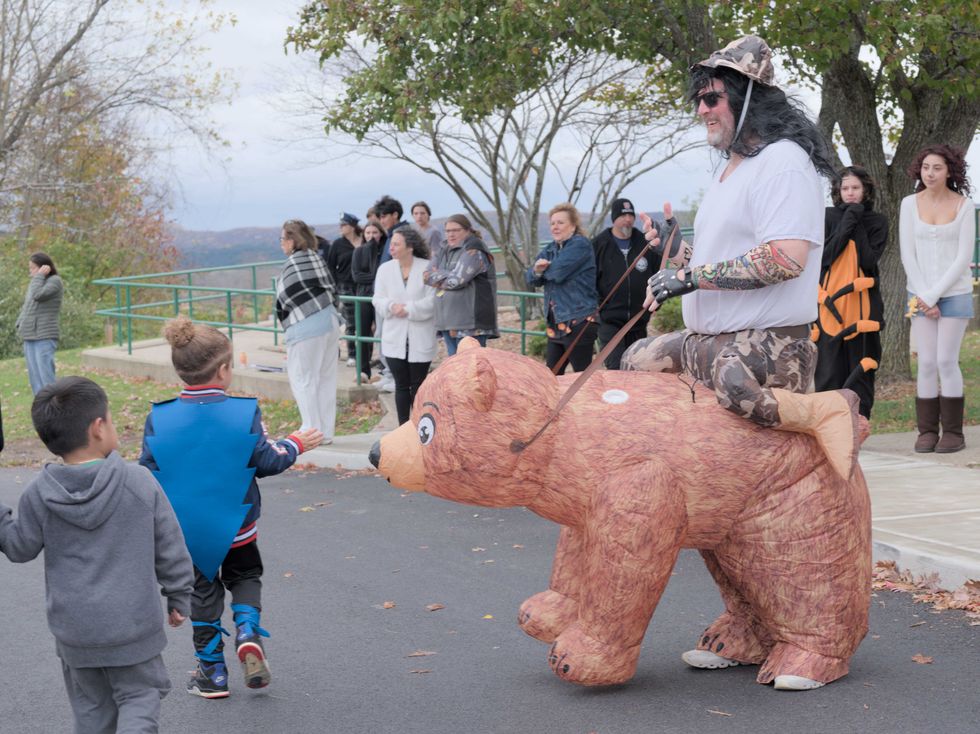 Webutuck High School social studies teacher Kevin Kleespies let students pet his bear steed as they passed.Nathan Miller
Webutuck High School social studies teacher Kevin Kleespies let students pet his bear steed as they passed.Nathan Miller


